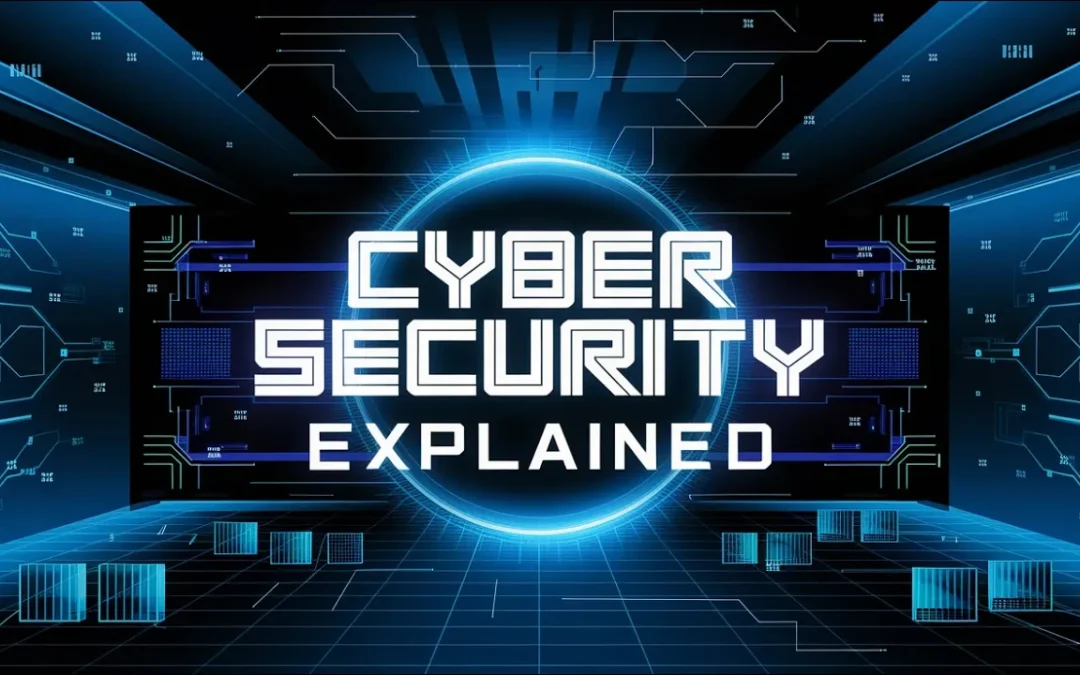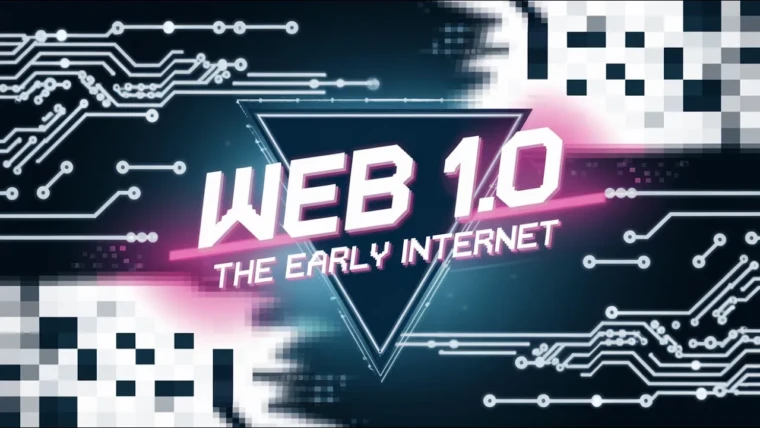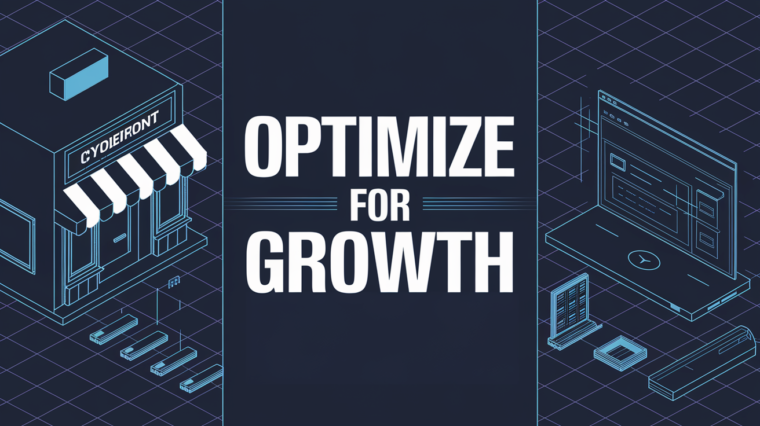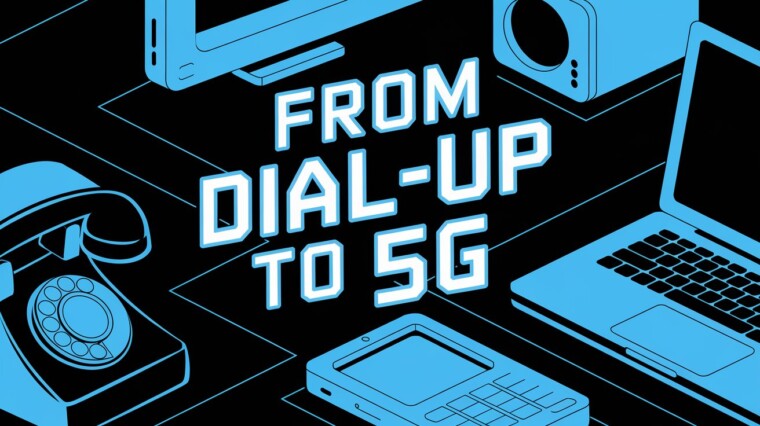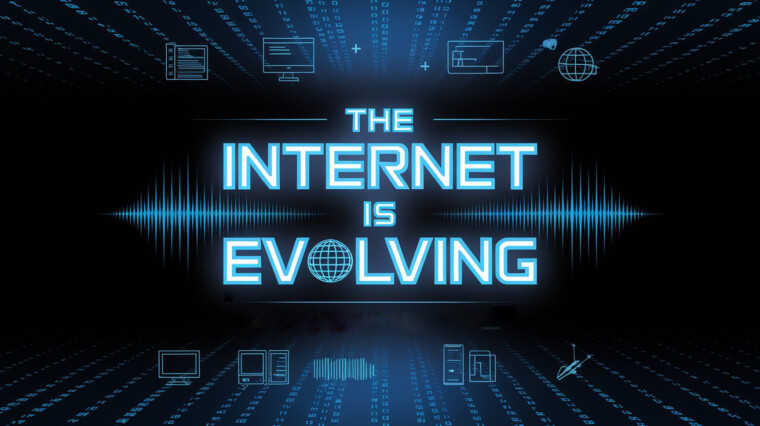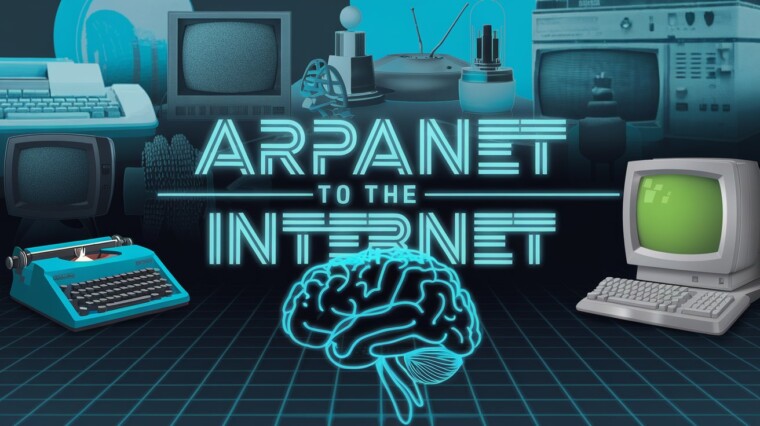The Evolution of Cybersecurity: From Morris Worm to AI-Powered Threats
The evolution of cybersecurity has been a fascinating journey that parallels the growth of the internet itself. From humble beginnings where security was barely an afterthought to today’s sophisticated defense systems, cybersecurity has transformed into a critical discipline that safeguards our digital lives. This dramatic evolution began with early threats like the Morris Worm and has accelerated through increasingly sophisticated attacks that exploit both technical vulnerabilities and human psychology. As our world becomes more connected and digitally dependent, understanding the history and current state of cybersecurity isn’t just academic—it’s essential for protecting ourselves, our data, and our critical infrastructure from increasingly sophisticated threats.
The Origins of Cybersecurity: When the Internet Was Vulnerable
The internet wasn’t originally designed with security in mind. In its early days, the focus was on openness and information sharing rather than protection. This fundamental reality set the stage for what would become an ongoing battle between security professionals and cyber attackers.
The watershed moment for cybersecurity came in 1988 with the Morris Worm—widely considered the first major cyber attack. This self-replicating program managed to infect approximately 10% of all internet-connected computers at the time. While the internet was considerably smaller than today, the impact was devastating as networks and servers crashed under the strain.
What made the Morris Worm particularly significant wasn’t just its immediate damage, but how it revealed the profound vulnerability of networked systems. This eye-opening incident prompted the creation of the Computer Emergency Response Team (CERT), one of the first organizations dedicated to handling cybersecurity incidents.
As the 1990s progressed, the cybersecurity landscape began to take shape with the development of crucial protective technologies:
- Firewalls: Acting as digital gatekeepers, inspecting traffic entering and exiting networks
- Intrusion Detection Systems: Functioning like security cameras that could identify suspicious activity
- Early antivirus software: Programs designed to identify and remove malicious code
These early innovations established an important principle that remains essential today: being proactive rather than reactive is critical in cybersecurity. Unfortunately, even with these lessons, the coming decades would prove that staying ahead of attackers would remain an enduring challenge.
The New Millennium: When Cyber Threats Went Mainstream
The ILOVEYOU Virus and the Rise of Social Engineering
The dawn of the 2000s brought with it perhaps the most infamous example of social engineering: the ILOVEYOU virus. This computer worm demonstrated how easily email could be exploited by leveraging basic human curiosity. Recipients would receive what appeared to be a love letter, and upon opening it, the virus would overwrite files and replicate itself to everyone in the victim’s contact list.
The impact was staggering—approximately 10% of all internet-connected computers worldwide became infected. This massive breach highlighted how attackers could manipulate human behavior to bypass technical safeguards. In response, businesses implemented more robust email security measures, including sophisticated filters and stricter policies.
The ILOVEYOU virus essentially laid the groundwork for the sophisticated phishing attacks we see today, where attackers craft increasingly convincing messages to trick users into revealing sensitive information or installing malware.
Data Breaches Reach New Heights
As the internet became more integral to daily life, the scale of data breaches grew exponentially. Few incidents demonstrate this evolution better than the Yahoo breach discovered in 2016, which ultimately compromised three billion user accounts—one of the largest data breaches in history.
The sheer magnitude of this breach forced companies worldwide to reconsider their approaches to data security and encryption. It became clear that storing vast quantities of user data created enormous responsibility and potential liability if that information was compromised.
Cyber Warfare Emerges: Stuxnet Changes Everything
In 2010, a sophisticated computer worm called Stuxnet introduced the world to the concept of cyber warfare. Unlike previous attacks focused primarily on stealing data or causing digital disruption, Stuxnet was designed to sabotage Iran’s nuclear program by physically damaging centrifuges used for uranium enrichment.
What made Stuxnet revolutionary was that it demonstrated how digital attacks could cause physical damage to industrial equipment. This unprecedented development blurred the line between digital and physical security, showing how tailored cyber attacks could have destructive real-world consequences. Many cybersecurity experts consider this the moment when nation-state involvement in cyber attacks became undeniable.
The Ransomware Era and Beyond
WannaCry and NotPetya: Digital Extortion Goes Global
The year 2017 marked another turning point with two devastating ransomware attacks: WannaCry and NotPetya. WannaCry infected systems in over 150 countries, targeting hospitals, transportation companies, and countless other organizations. It encrypted victims’ data and demanded Bitcoin payments for decryption keys.
Shortly after, NotPetya struck with even more destructive force. While appearing to be ransomware, many experts believe it was designed primarily as a destructive weapon aimed particularly at Ukraine, though its effects spread globally. These attacks paralyzed essential services and caused billions in damages worldwide.
These incidents dramatically shifted cybersecurity priorities for governments and organizations. Suddenly, ransomware wasn’t just a theoretical threat but a clear and present danger to operations, finances, and even public safety.
The Modern Era: AI and the Evolving Threat Landscape
Today’s cybersecurity landscape is characterized by unprecedented complexity. With billions of connected devices forming the Internet of Things (IoT), attack surfaces have expanded exponentially. Meanwhile, attackers continue to develop increasingly sophisticated methods to exploit vulnerabilities.
Artificial intelligence represents perhaps the most significant development in this ongoing security challenge. AI serves dual roles:
Defensive Applications:
- Identifying patterns in network traffic that human analysts might miss
- Automating threat detection across vast digital ecosystems
- Predicting potential vulnerabilities before they can be exploited
Offensive Applications:
- Creating hyper-targeted phishing campaigns
- Generating deepfake audio and video for sophisticated social engineering
- Bypassing traditional security measures through adaptive techniques
This technological arms race means that even as security measures improve, attackers find new ways to circumvent them. It’s becoming increasingly difficult for both individuals and systems to distinguish legitimate communications from malicious ones.
Protecting Yourself in a Connected World
The Importance of Cyber Hygiene
Despite the sophisticated nature of modern cyber threats, many successful attacks still exploit basic security oversights. Implementing fundamental cyber hygiene practices remains one of the most effective defenses available:
- Use strong, unique passwords for different accounts
- Enable multi-factor authentication whenever available
- Keep software and operating systems updated with the latest security patches
- Be cautious with email attachments and links, even when they appear to come from trusted sources
- Regularly back up important data to secure, offline locations
These simple practices can significantly reduce your vulnerability to many common attack vectors. Unfortunately, many individuals and organizations still neglect these basics, creating easily exploitable weaknesses.
Organizational Responsibility in Cybersecurity
Organizations bear particular responsibility in the cybersecurity ecosystem. A single vulnerable point within a company’s network can compromise not just internal operations but customer data as well. Essential organizational practices include:
- Implementing robust encryption for sensitive data
- Conducting regular security audits and penetration testing
- Providing comprehensive employee training on recognizing threats
- Developing and testing incident response plans
- Maintaining secure backup systems
The challenge of cybersecurity has grown beyond purely technical solutions. Creating a culture of security awareness has become equally important, as human behavior often represents the weakest link in security systems.
The Geopolitical Dimension
Modern cybersecurity exists within a complex geopolitical context. State-sponsored attacks from countries like Russia, China, Iran, and North Korea have become increasingly common, targeting not just government systems but also businesses and infrastructure.
These attacks serve various objectives:
- Disrupting economies
- Interfering with elections
- Compromising critical infrastructure
- Stealing intellectual property
- Gathering intelligence
This reality means cybersecurity is no longer just an IT concern but a fundamental national security issue. For individuals and businesses, it means potentially becoming collateral damage in larger geopolitical conflicts.
Looking Forward: The Evolution of Cybersecurity and Staying Ahead in a Changing Landscape
The evolution of cybersecurity from the Morris Worm to today’s AI-powered threats demonstrates how quickly this field changes. What remains constant is the need to balance security with usability, protection with innovation.
As we continue into an increasingly connected future, combining emerging technologies with smart policies and preparation will be crucial. Organizations must invest in both technical solutions and human awareness, while individuals must take personal responsibility for their digital security.
The battlefield of cybersecurity continues to evolve, with new weapons constantly emerging on both sides. By understanding this history and implementing strong security practices, we can better protect ourselves in this dynamic digital environment.
Looking to enhance your organization’s security posture? At Modularity Networks, we provide comprehensive cybersecurity assessments and solutions tailored to your specific needs. Whether you need a complete security overhaul or simply want to verify your current protections, our team of experts can help you stay ahead of evolving threats. Get a quote today to get a quote and take the first step toward stronger digital security.
Share on Social Media
Innovate Your Online Presence: Request a Quote for Cutting-Edge Website Design, today!
Take the first step to achieving your business goals – contact us now for a free consultation! We’ll create a customized plan tailored to your needs and budget.
